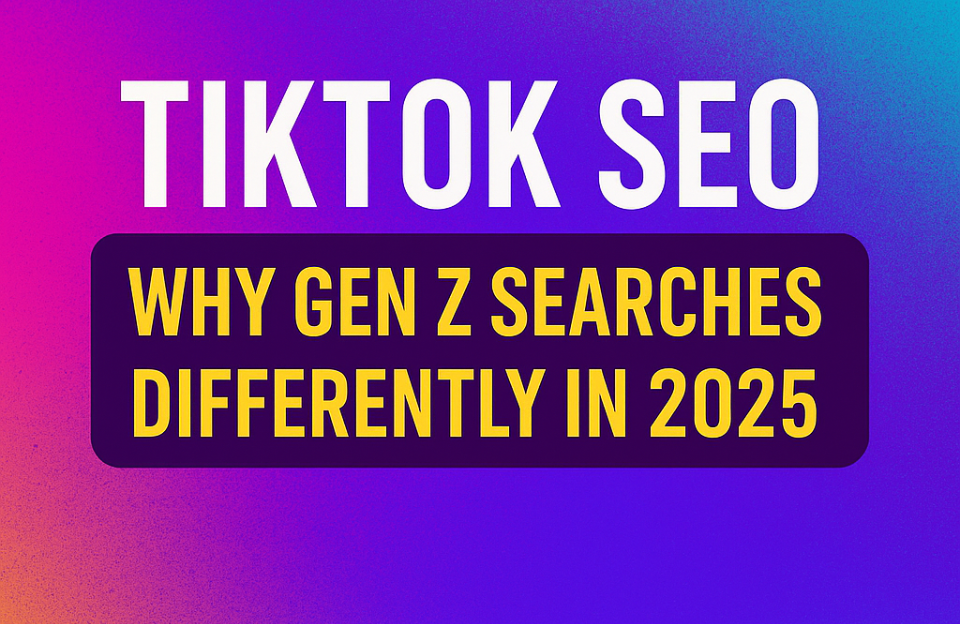Portfolio bidding strategies in Google Ads allow advertisers to apply a single bidding strategy across multiple campaigns, ad groups, or keywords. It’s a powerful feature for larger accounts that want to centralize bid management, optimize more efficiently, and scale performance across multiple campaigns with shared goals.
What is a Portfolio Bidding Strategy?
A portfolio bidding strategy is a shared bidding setup that can be applied to multiple elements in your account. Instead of setting a bidding strategy per campaign, you can create one strategy (like Target ROAS or Maximize Conversions) and assign it to several campaigns, ad groups, or keyword sets.
This approach gives Google Ads more data to work with across a larger portfolio, improving optimization efficiency and potentially leading to better performance.
Portfolio strategies can use smart bidding types such as:
- Target CPA
- Target ROAS
- Maximize Conversions
- Maximize Conversion Value
- Target Impression Share
When should you use Portfolio Strategies?
Portfolio strategies are ideal when:
- You have multiple campaigns with the same conversion goal
- You want to optimize across several budgets or regions
- You want to manage fewer bidding rules
- You want to give Google more data to optimize with
It’s especially useful for large advertisers or agencies managing multiple campaigns for the same brand or product line.
How does Portfolio Bidding work?
When you apply a portfolio strategy, Google uses performance data from all assigned campaigns or ad groups to optimize bids. This means that underperforming campaigns may benefit from data gained in better-performing ones.
You can also:
- Set minimum and maximum bid limits
- Use shared budgets across campaigns (optional)
- Group campaigns by objective (e.g., lead generation or e-commerce)
Portfolio strategies provide unified reporting and performance insights, making it easier to evaluate what’s working at a higher level.
Pros and cons of Portfolio Bidding
Pros:
- Centralized bid management
- Larger data pool for optimization
- Easier to test and iterate strategies
- Better for scaling campaigns
- Works well in MCC (manager) accounts
Cons:
- Less control per individual campaign
- Requires consistent conversion tracking
- Poorly performing campaigns can affect others
- Complex reporting if campaign goals vary too much
Practical example: Managing regional campaigns
Imagine you’re running Google Ads campaigns for a hotel chain in three regions: Amsterdam, Berlin, and Paris. Each has its own campaign but shares the same conversion goal (room bookings).
Instead of setting Target ROAS separately, you:
- Create one Portfolio Bidding Strategy: Target ROAS 500%
- Apply it to all three campaigns
Now, Google optimizes collectively across cities. If Berlin’s data improves faster, the system may use those insights to improve bidding in Amsterdam and Paris, leading to faster optimization and more consistent results.
How to set up a Portfolio Strategy in Google Ads
- Log into your Google Ads account
- Go to “Tools & Settings” > “Shared Library” > “Bid Strategies”
- Click “+” to create a new portfolio strategy
- Choose the bidding type (e.g., Maximize Conversions, Target CPA)
- Set targets and bid limits (if applicable)
- Apply to multiple campaigns, ad groups, or keywords
Tips for using Portfolio Bidding effectively
- Only group campaigns with similar goals and conversion types
- Review portfolio performance regularly in the shared library
- Use shared budgets for extra efficiency if budgets align
- Don’t include experimental or underperforming campaigns initially
- Combine with automated rules or scripts for alerts
Conclusion
Portfolio bidding is a smart solution for scaling campaigns and simplifying bid management in Google Ads. When used correctly, it enables better use of data, more consistent performance, and centralized control. For advertisers running multiple campaigns with shared goals, it’s an essential tactic for long-term optimization.




